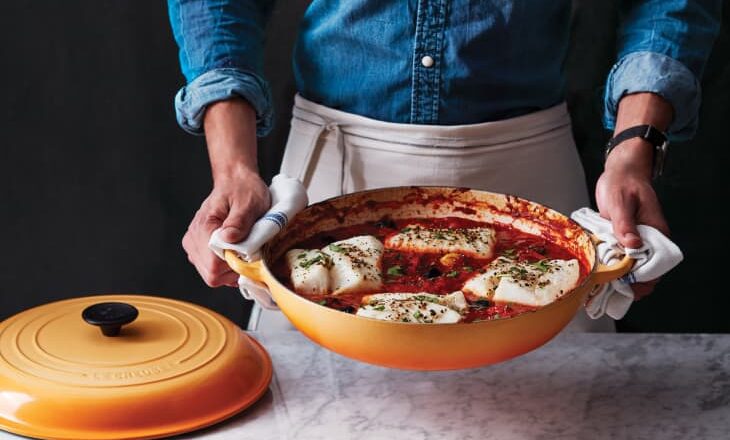Embarking on the culinary journey of mastering the use of a cast iron braiser can be both exciting and daunting. Whether you are a novice cook or someone looking to diversify your kitchen skills, understanding the nuances of a cast iron braiser is essential. In this guide, we will explore some fundamental tips for beginners using a cast iron braiser that will help you cook like a pro.
The cast iron braiser is revered for its versatility and ability to enhance flavors in a way that few other kitchen tools can. As you begin your journey with this remarkable cookware, consider these essential tips to get the most out of your cooking experience.

Understanding the Basics of Cast Iron Braiser
Before diving into the cooking techniques, it’s vital to comprehend what makes a cast iron braiser unique. Designed with a heavy, flat bottom and a tight-fitting lid, it is perfect for slow-cooking, roasting, and even frying. The even heat distribution and retention make it a favorite among chefs worldwide.
Choosing the Right Braiser
When selecting a cast iron braiser, consider the size and weight. A typical braiser ranges from 3.5 to 5 quarts, suitable for most family meals. Ensure it is enamel-coated to prevent rusting and make cleaning easier. Brands like Le Creuset and Lodge offer quality options that cater to different needs and budgets.
Seasoning Your Braiser
Seasoning your cast iron braiser is crucial for maintaining its non-stick properties. Although many come pre-seasoned, it’s always a good idea to add a thin layer of vegetable oil after each use. This prevents food from sticking and enhances the braiser’s durability.
Mastering Cooking Techniques
With your braiser ready, it’s time to explore various cooking techniques that can transform your meals. From braising meats to baking bread, the possibilities are endless.
Braising Meats
Braising involves cooking meats slowly in a small amount of liquid. It’s perfect for tougher cuts like beef chuck or pork shoulder. Start by browning the meat to develop flavor, then add vegetables and liquid like broth or wine. Cover and let it simmer on low heat for tender, juicy results.
Roasting Vegetables
Your braiser is also ideal for roasting vegetables. Drizzle them with olive oil, season with herbs, and place them in the oven. The result is perfectly caramelized veggies with a delightful texture.
Frying and Sauting
Did you know you can fry in a cast iron braiser? Its heavy bottom ensures even frying without burning. Similarly, sauting vegetables or meat is a breeze, thanks to its excellent heat retention.
Caring for Your Cast Iron Braiser
Proper care extends the life of your braiser and enhances its performance. Here are some maintenance tips to consider:
Cleaning the Braiser
Always hand wash your braiser with warm water and a mild detergent. Avoid harsh scrubbers that can damage the enamel coating. After washing, dry it thoroughly to prevent rust.
Storing Your Braiser
Store your cast iron braiser in a dry place. If stacking with other cookware, place a paper towel between the lid and the base to protect the enamel.
Exploring Recipes and Applications
Experiment with various recipes to fully utilize your braiser. From hearty stews to delicate desserts, the list is endless. Websites like Epicurious offer a plethora of recipes to inspire your culinary creativity.
Conclusion
With these tips for beginners using a cast iron braiser, you are well-equipped to create delicious meals with confidence. Embrace the versatility of your braiser, and let your culinary skills shine. Remember, practice makes perfect, and with time, you’ll master the art of cooking with cast iron.

FAQs
What are the benefits of using a cast iron braiser?
Using a cast iron braiser offers several benefits, including even heat distribution, excellent heat retention, and versatility in cooking methods.
How do I prevent food from sticking to the braiser?
To prevent sticking, ensure your braiser is well-seasoned with oil. Preheat it before adding food, and avoid using metal utensils that can scrape the surface.
Can I use my braiser on all stovetops?
Yes, most cast iron braisers are compatible with all stovetops, including induction. However, always check the manufacturer’s guidelines for specific recommendations.
How does it differ from a saut pan?
While both are versatile, a braiser has a wider base and is designed for slow cooking, unlike a saut pan that is optimized for quick frying.
This article contains affiliate links. We may earn a commission at no extra cost to you.

